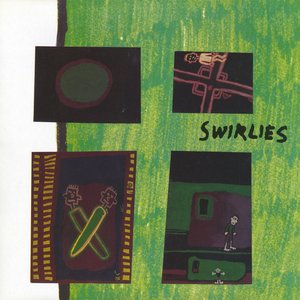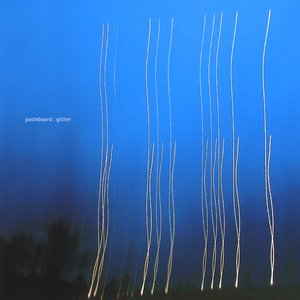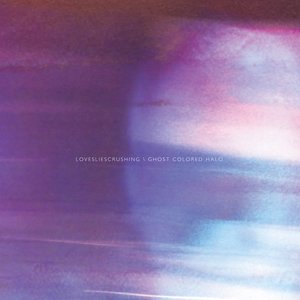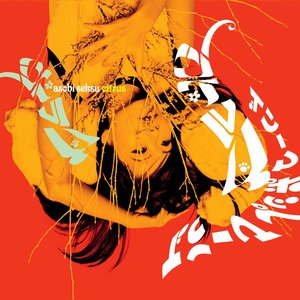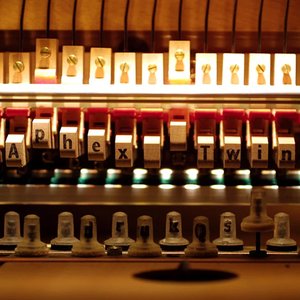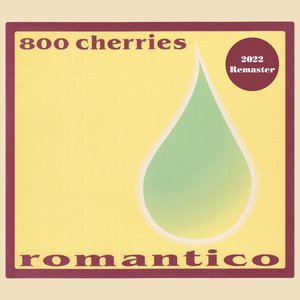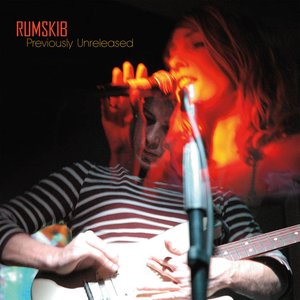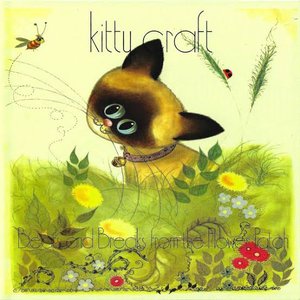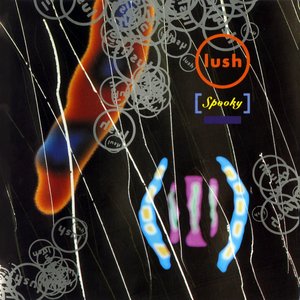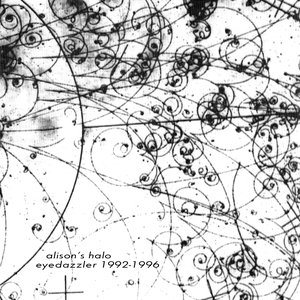Wiki
-
Release Date
10 June 2007
-
Length
12 tracks
Velocity: Design: Comfort. is the second album by American experimental pop act Sweet Trip, released on June 17, 2003 by Darla Records. Was recorded at the home of Sweet Trip member Roberto Burgos. According to Burgos, the album was put together mainly using the DAW Cubase, although an early version of Fruity Loops was used to compose the track "Design : 1". Both Burgos and bandmate Valerie Cooper performed vocals on a majority of the record, with Sue Mee contributing vocals to the song "To All the Dancers of the World, a Round Form of Fantasy".
Work on the album began as early as 1998, as early versions of the tracks "Dsco" and "Velocity" were staples of live shows in support of the band's previous album, Halica, in the late 90s to early 00s. Notably, both were performed alongside a version of "Dedicated" at SXSW 1999, with the lyrics of "Dsco" substituted by humming. Also predating the album by several years is the song "Fruitcake and Cookies", which appears on the track list of a cassette posted to Twitter by Burgos dating "sometime around 95 - 97".
According to Burgos, Velocity : Design : Comfort was conceptually influenced by advertising and general consumerism, which is reflected in the album title – which he envisioned as a hypothetical slogan for a luxury car – and some of the track titles (including "Pro : Lov : Ad" and "Design : 2 : 3"). He interpreted the album as having "a recurring theme of convincing someone you love to leave it all behind, fall in love with you, and run away to an ideal world".
The cover artwork for Velocity : Design : Comfort features the Montreal housing complex Habitat 67. Burgos suggested that the album's themes are further reflected in the artwork's depiction of Habitat 67, which he described as "the ideal of a modern, modular building that is supposed to make lives better." Cooper offered a different perspective and said that she did not view the artwork as a representation of a "fictional world or idealized utopia", but was simply drawn to its simultaneously jarring and soothing quality. For the album's 2020 reissue, the cover artwork had to be recreated from scratch, as the source files for the original artwork had been lost. The band took this as an opportunity to address aspects of the cover that they "weren't keen on with the original."
Album descriptions on Last.fm are editable by everyone. Feel free to contribute!
All user-contributed text on this page is available under the Creative Commons Attribution-ShareAlike License; additional terms may apply.

